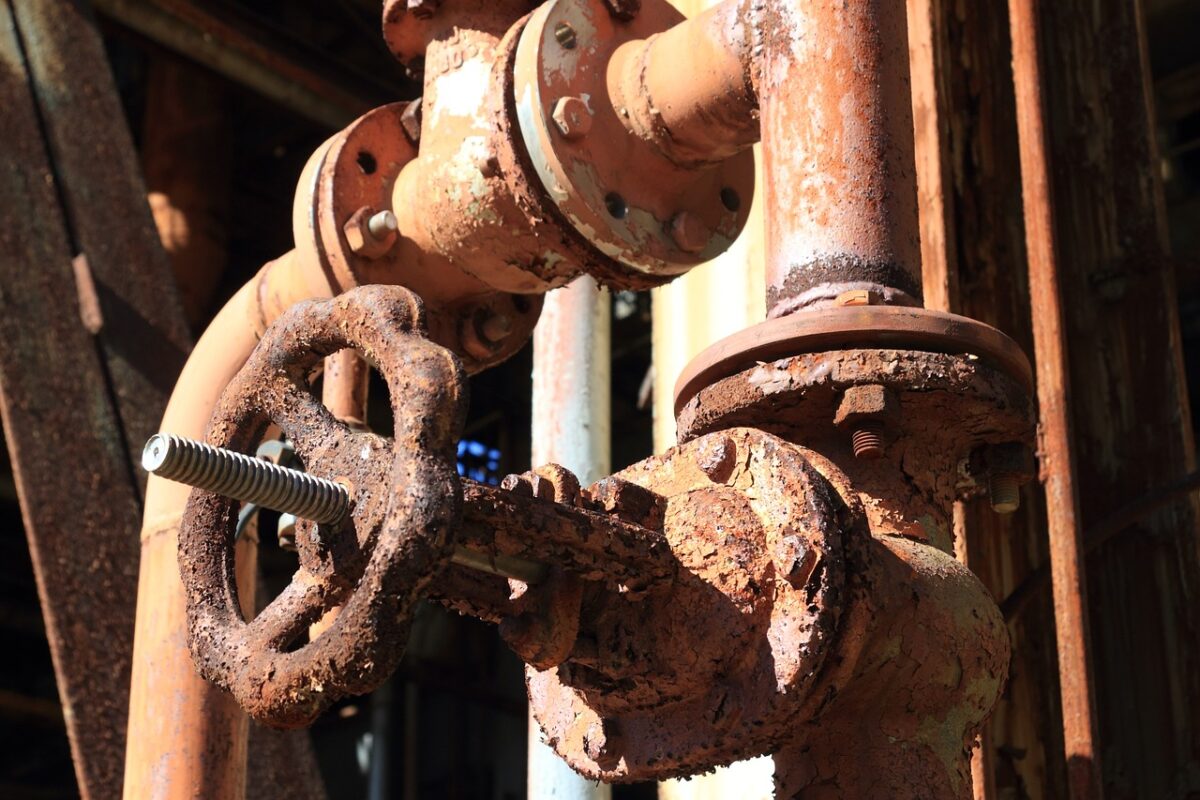Four Downsides of Trenching Pipes

Throughout the country, we rely on pipeline systems to handle many of our daily needs. From gas and electricity to plumbing, sewage, and clean water, we need these systems. If you are still trenching pipe for repairs and updates, it’s time to consider better solutions.
While trenching was always the traditional approach, modern technology provides improvement. Instead of just opting for the default choice, consider the alternatives. Check out these four reasons to stop using trenching for your pipelines.
4 Reasons to Stop Trenching Pipe
1. Disruption and Damages
Trenching leads to major disruption. This applies to business, the property surrounding the pipelines, and any traffic as well. It disturbs the ground and leaves behind excessive amounts of damage that are costly to recover from. When the pipelines lie beneath cement or any type of structure, it is even more complicated.
Perhaps one of the biggest downsides of trenching pipe is the disruption to community, business, traffic, noise, and inconvenience.
2. Environmental Impact
Trenching will negatively impact the environment, too. We often don’t think of these impacts, but they really can be substantial. Think about the soil that is disturbed. Digging will affect soil stability and could even cause more erosion to the surface. Sedimentation may be affected by the disturbance of the soil as well.
When you displace large amounts of soil, there is an entire ecosystem beneath that is affected. Natural drainage could be hurt. And finally, you’ve got heavy equipment and machinery that emits significant greenhouse gases and pollutants.
3. Cost
Do you know how much it costs to use heavy equipment? The machinery alone is very expensive to operate. That doesn’t even account for the labor required to operate the machinery. But the costs don’t stop there.
What if your contractors run into issues or obstacles while they are digging? This raises the costs. Maybe the pipeline is hard to access and requires breaking concrete. This leads to extra costs for digging as well as repairs. Many of these costs cannot even be predicted upfront, so they actually raise your costs after the start of the original project.
4. Accessibility
Here’s the thing: pipes that are hidden beneath the ground, the road, buildings, and other areas are hard to access. Trenching can be extensive, but it’s also challenging. When you have something simple like a leak or a blockage, you don’t want to have to trench pipe for that.
With modern solutions, technology greatly improves accessibility.
Alternatives to Trenching Pipe
The good news is that there are some great alternatives out there. You don’t have to continue trenching. Many companies have moved to using alternatives to trenching whenever it is appropriate. Are there times that trenching may still be necessary? Sure! But why not eliminate unnecessary digging when you can?
There are many modern alternative solutions to consider. Perhaps one of the most commonly used alternatives is CIPP. Also known as cured-in-place pipe, this allows repairs and rehabilitation of existing pipelines with no digging required. There are even trenchless alternatives available for laying new pipe that require only minimal excavation.
Contact us today to further discuss your trenching pipe alternatives and discover the solution that works best for your pipeline needs.